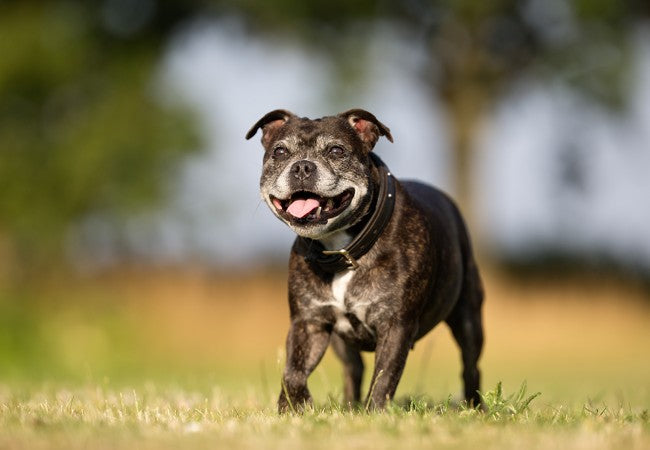How a Dog Ages: Vet’s 2025 Guide to Canine Life Stages & Care Needs 🐶🕰️

In this article
How a Dog Ages: Vet’s 2025 Guide to Canine Life Stages & Care Needs 🐶🕰️
By Dr. Duncan Houston BVSc
Hello—I’m Dr Duncan Houston BVSc, veterinarian and Ask A Vet founder. Dogs transition through distinct life stages, each with unique physical, behavioral, and healthcare needs. This vet‑approved guide covers:
- Life stages & age definitions based on size
- Puppy milestones & teething
- Adolescent & adult behavior changes
- Senior and geriatric health concerns
- Nutrition & vet care per life stage
- How Ask A Vet tools support each phase
1. Puppy Stage (Birth to ~1 year)
- Defined as from birth until about 6–12 months; small breeds mature faster, large breeds may take up to 18 months.
- Teething: baby teeth erupt by ~2–8 weeks; adults in by 7–8 months (42 teeth total).
- Rapid physical and social development; needs vaccines, deworming, microchipping.
2. Adolescent/Junior Stage (~6 months–2 years)
- Reproductive maturity and changes: between 6 mo–2 yr, sexually mature but still growing.
- Behavioral testing: independence and boundary-pushing common—consistent training essential.
- Finish teething; monitor diet to prevent overfeeding during growth spurt.
3. Adult Stage (1–6 years, size dependent)
- Reach full size: small breeds by ~12 mo, large breeds by 14–18 mo.
- Steady energy and metabolism—time to transition to adult food, adjust feeding accordingly.
- Routine vet visits: annual health checks, dental, behavior, weight management.
4. Mature to Middle-Aged Stage (~5–9 years)
- Middle age begins around 5–7 yr, depending on size: smaller breeds later, large earlier.
- May start showing early signs of aging—monitor mobility, weight, senior screening needed.
- Joint supplements, moderate exercise, mental enrichment are key.
5. Senior & Geriatric Stage (varies by size)
- Senior: ~7+ yr for small breeds, 8–11 yr for medium, 10+ for large, 6–8 yr for giant.
- Common changes: reduced activity, weight shifts, sensory decline, arthritis, dental issues.
- Diet adjustments: lower calories, more fiber, high protein, joint nutrients—glucosamine, omega‑3.
- Vet visits recommended every 6 months with senior wellness screenings.
🏥 Human Age Equivalent
Dog “human age” isn't a reliable 7‑to‑1 ratio: first year equals ~15 human years, second ~9, then ~5 thereafter. Size matters: small dogs age slower, giants faster.
🦴 Health, Nutrition & Care Tips per Stage
- Puppy: high-quality growth diet, vaccines, socialization, teething toys.
- Adolescent: reinforce training, monitor behavior, balanced diet to avoid bone issues.
- Adult: healthy adult food, maintain fitness, dental care.
- Middle-Aged: routine joint support, weight control, annual bloodwork.
- Senior/Geriatric: senior diet, joint supplements, twice-yearly vet checks, home adaptations.
Ask A Vet Tools for Every Stage
- Growth & development tracker for pups: weight, teeth, behavior
- Nutrition scheduler: switch from puppy to adult and senior formulas
- Health alerts: monitor mobility, weight shifts, dental changes
- Screening reminders: vaccines, parasite checks, senior labs
- Care plan templates: joint-support, dental care, dietary adjustments
📌 Final Thoughts from a Vet
Your dog’s lifetime journey is a progression of stages, each with unique joys and responsibilities. Understanding them helps you tailor care—nutrition, training, health screenings—for optimal well-being. With Ask A Vet tools, you can track milestones, receive proactive alerts, and ensure your best friend thrives every step of the way. 🐾❤️






